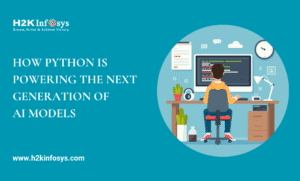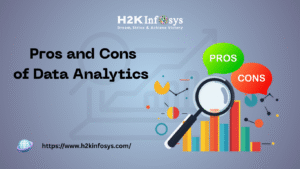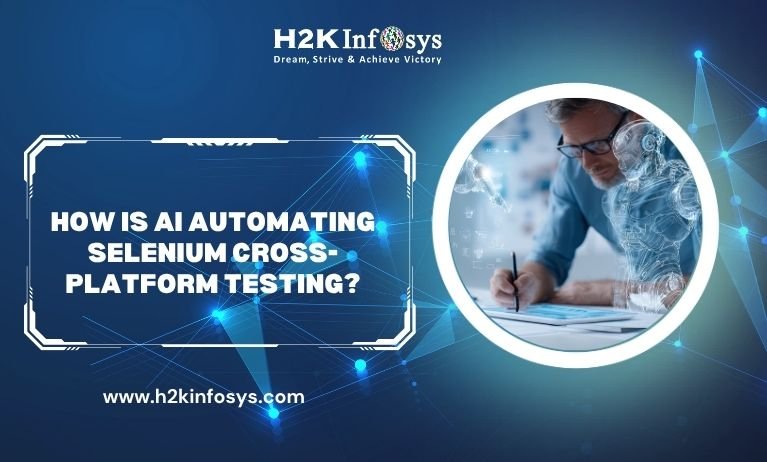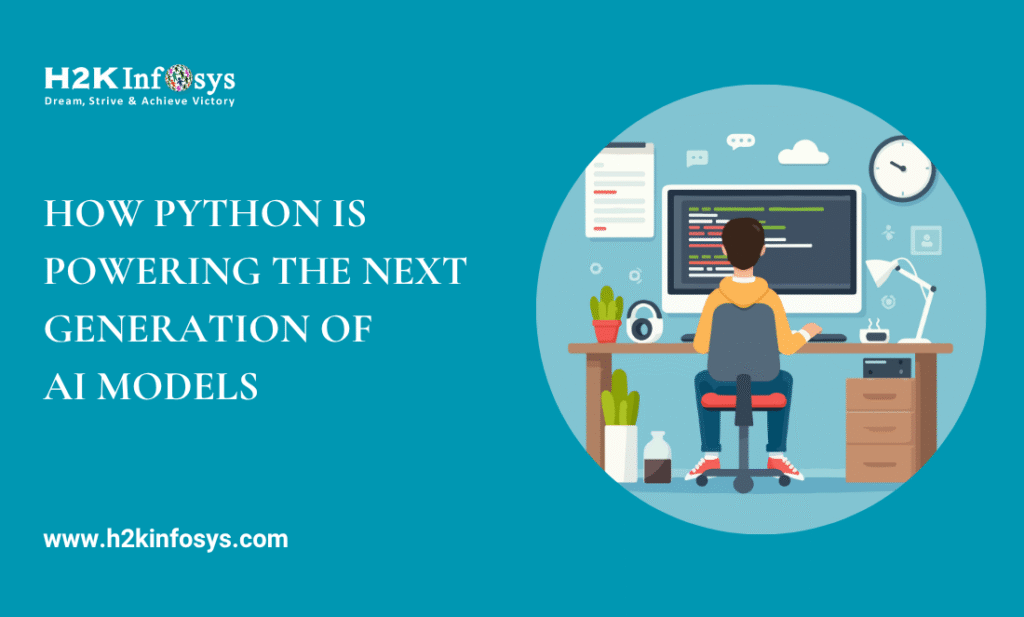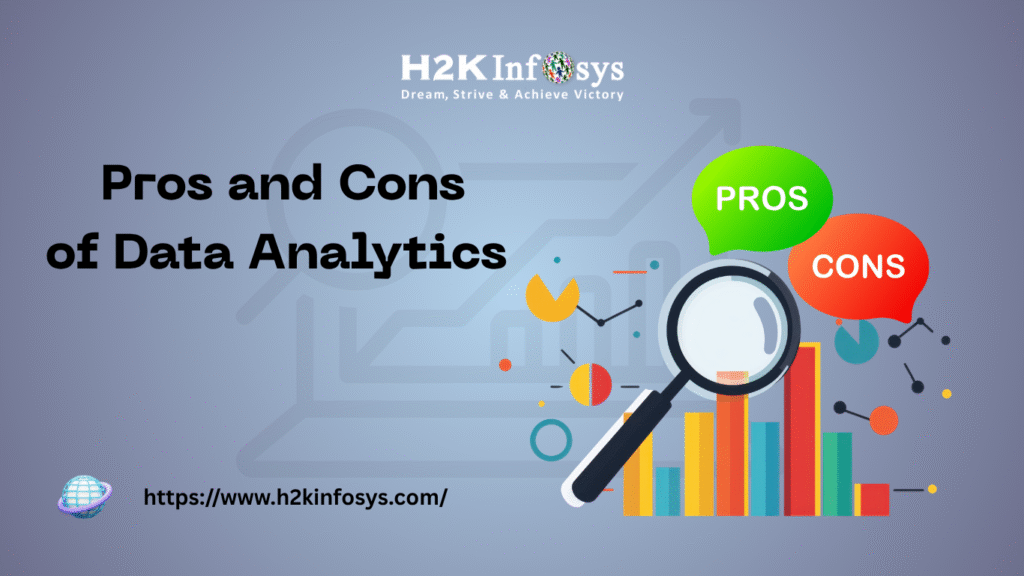In today’s data-driven world, Business Analysts play a critical role in helping organizations make informed decisions. Their ability to interpret data and generate insights hinges on the tools they use. Business Analyst certification courses are designed not only to teach the fundamentals of analysis and requirement gathering but also to equip learners with hands-on experience in industry-standard data analysis tools.
This explores the top data analysis tools taught in Business Analysis online Certification and how mastering these tools can enhance your career.
1. Microsoft Excel
Why It’s Taught
Microsoft Excel is a foundational tool in Business Analyst certification courses due to its widespread use and versatility in data handling. Excel is accessible, beginner-friendly, and powerful enough to perform a wide range of tasksnfrom basic data entry to complex data analysis.
Business Analysts use Excel to organize, clean, and analyze data through functions like VLOOKUP, IF, INDEX-MATCH, and SUMIF. It also enables visual reporting through PivotTables, PivotCharts, and conditional formatting, helping analysts summarize large datasets and present insights effectively.

Certification programs teach Excel for scenario analysis, forecasting, and What-If Analysis, which are crucial for data-driven decision-making. Its integration with other tools like Power BI and SharePoint further increases its value in enterprise environments.
Key Features Taught in BA Courses:
- Data cleaning and formatting
- Use of formulas and functions (VLOOKUP, IF, SUMIF, etc.)
- PivotTables and PivotCharts
- Data validation and conditional formatting
- Scenario analysis and What-If tools
Benefits for Business Analysts:
- Universally used across industries
- Ideal for quick data analysis and reporting
- Lightweight and doesn’t require programming knowledge
2. SQL (Structured Query Language)
Why It’s Taught
SQL (Structured Query Language) is a fundamental skill included in nearly every business analyst training program and for good reason. In today’s data-driven world, companies rely heavily on databases to store and manage vast amounts of information. SQL is the standard language used to access and manipulate this data within relational database systems like MySQL, SQL Server, PostgreSQL, and Oracle.
For business analysts, the ability to retrieve, filter, and analyze data independently is a game-changer. Rather than waiting for IT or database administrators, analysts who know SQL can write queries themselves to get the exact data they need. This accelerates decision-making, improves productivity, and enables more accurate reporting and analysis.

SQL is also extremely versatile. With just a few well-written queries, analysts can find sales trends, customer behavior patterns, product performance, and operational inefficiencies. These insights help drive strategic business decisions.
Moreover, SQL knowledge supports the use of data visualization and business intelligence tools like Tableau, Power BI, and Excel, which often use SQL in the background to pull data from databases. A solid understanding of SQL allows analysts to work seamlessly across multiple platforms and tools.
Skills Covered:
- Writing SELECT, WHERE, JOIN, GROUP BY, and HAVING statements
- Data filtering and sorting
- Aggregation and summarization
- Creating views and stored procedures
Benefits:
- Direct access to enterprise databases
- Saves time by eliminating dependency on developers
- Critical for data-driven decision-making
3. Tableau
Why It’s Taught
Tableau is taught in business analyst training programs because it is one of the leading data visualization tools used in industries worldwide. In today’s data-driven business environment, organizations not only need data but also need to understand it quickly and clearly. Tableau enables business analysts to transform complex datasets into interactive, easy-to-understand visual reports and dashboards.
One of the key reasons Tableau is emphasized in training is its intuitive drag-and-drop interface. Unlike traditional reporting tools that require extensive coding, Tableau allows users to build insightful visualizations with minimal technical skills. This helps analysts focus more on interpreting data and delivering insights rather than struggling with technical complexities.
Business analysts use Tableau to identify trends, patterns, and outliers in data critical elements in making data-backed business decisions. Whether analyzing sales performance, customer behavior, or operational metrics, Tableau helps present data in a compelling and actionable way.
Topics Included in BA Training:
- Connecting to various data sources
- Creating basic to advanced visualizations (bar charts, heatmaps, treemaps)
- Dashboard design and layout
- Calculated fields and parameters
- Storytelling with data
Benefits:
- Empowers data-driven presentations
- Makes complex insights understandable
- Highly valued skill in the job market
4. Power BI
Why It’s Taught
Power BI is taught in business analyst training because it is one of the most powerful and user-friendly business intelligence tools available today. Developed by Microsoft, Power BI enables analysts to convert raw data into visually compelling, interactive dashboards and reports helping organizations make smarter, data-driven decisions.
One of the main reasons Power BI is included in training is its deep integration with other Microsoft products such as Excel, SQL Server, and Azure. This makes it highly accessible for businesses already using Microsoft technologies. Analysts can easily import data, model it, and create visualizations all within the same ecosystem.
Power BI’s drag-and-drop interface makes it easy for beginners to use, while its advanced features like DAX (Data Analysis Expressions), Power Query, and data modeling provide the depth needed for complex analysis. Business analysts use Power BI to explore datasets, track performance metrics, and identify trends, all without writing complex code.
Another important aspect is real-time data visualization. Power BI can connect to live data sources and provide up-to-date dashboards that refresh automatically. This capability is crucial in fast-paced industries where timely insights can significantly impact decisions.
Skills Taught:
- Importing and transforming data with Power Query
- Data modeling with DAX (Data Analysis Expressions)
- Building interactive dashboards and reports
- Publishing and sharing reports in the Power BI service
Benefits:
- Strong integration with Microsoft ecosystem
- Widely used in mid to large-sized companies
- Enables real-time data analysis
5. Python (for Data Analysis)
Why It’s Taught
Python is increasingly becoming a key part of Business Analyst certification programs, especially for roles involving large datasets, automation, or advanced analytics. Unlike traditional tools like Excel or SQL, Python offers unmatched flexibility and scalability when dealing with complex data problems.
One of the main reasons Python is taught is its simplicity and readability. Even for beginners with no programming background, Python’s syntax is intuitive and easy to grasp. This makes it accessible for Business Analysts who are transitioning from purely functional roles into more technical and analytical positions.
Python’s true power lies in its rich ecosystem of data analysis libraries. Tools like Pandas allow for efficient data cleaning and manipulation, while NumPy supports numerical operations. Matplotlib and Seaborn are used for data visualization, helping analysts create meaningful charts and graphs. Additionally, Python can connect to databases, APIs, Excel files, and even web data sources making it incredibly versatile.
Python also supports automation. Business Analysts can automate repetitive tasks such as data cleaning, report generation, or dashboard updates saving time and reducing errors.
Key Areas Covered:
- Data manipulation with Pandas
- Data visualization with Matplotlib and Seaborn
- Working with APIs and JSON data
- Basic statistics and regression analysis
Benefits:
- Open-source and flexible
- Ideal for automation and advanced analytics
- Makes analysts more self-sufficient
6. R Programming
Why It’s Taught
R programming is widely recognized for its strength in statistical analysis, data visualization, and reporting making it a valuable addition to Business Analyst certification courses, particularly for those entering data-intensive fields such as finance, healthcare, market research, and academia.
R is designed specifically for data analysis and statistics, which gives it an edge in situations where deep statistical insights are required. Business Analysts who work on forecasting, hypothesis testing, or regression analysis can use R to build and test models efficiently. It is also excellent for exploratory data analysis (EDA) helping analysts understand patterns, relationships, and anomalies in large datasets.

One of the primary reasons R is included in training is its comprehensive package ecosystem. Libraries such as ggplot2 for visualization, dplyr for data manipulation, and caret for machine learning allow Business Analysts to handle everything from simple data cleaning to advanced predictive analytics. R makes complex statistical functions more accessible with fewer lines of code and excellent documentation.
Additionally, R supports the creation of automated, interactive reports using R Markdown and Shiny, which can be easily shared with stakeholders. This promotes clear communication of insights and encourages data-driven decisions.
Skills Covered:
- Exploratory Data Analysis (EDA)
- Statistical testing
- Data visualization using ggplot2
- Machine learning models (optional)
Benefits:
- Strong statistical analysis capabilities
- Open-source and community-supported
- Useful for research-heavy business roles
7. JIRA and Confluence
Why It’s Taught
JIRA and Confluence are essential tools in Agile and Scrum environments, where Business Analysts frequently collaborate with cross-functional teams. These tools are taught in Business Analyst certification programs to help professionals manage requirements, user stories, documentation, and workflows efficiently.
JIRA is used for tracking tasks, issues, and project progress. Business Analysts learn to create and manage epics, user stories, and acceptance criteria, aligning closely with Agile methodology. It enables seamless communication between business and technical teams during software development cycles.
Confluence, on the other hand, is a collaborative workspace for creating and sharing documentation. Business Analysts use it to write Business Requirement Documents (BRDs), maintain meeting notes, and track changes all in a centralized, searchable platform.
What BA Courses Teach:
- Creating user stories and tasks in JIRA
- Managing sprints and backlogs
- Documenting business requirements in Confluence
- Integration of JIRA reports for progress tracking
Benefits:
- Essential for Agile project environments
- Helps in effective collaboration and traceability
8. Microsoft Visio and Lucidchart
Why It’s Taught
Microsoft Visio and Lucidchart are essential tools for Business Analysts when it comes to creating professional diagrams that communicate complex processes and systems. These tools are taught in Business Analyst certification courses to help learners visually represent business workflows, data flows, and system architectures.

Business Analysts often work with stakeholders from both technical and non-technical backgrounds. Clear visual communication is critical, and tools like Visio and Lucidchart make it easy to create flowcharts, process maps, UML diagrams, ER diagrams, and wireframes that simplify understanding.
In certification programs, students learn to design Business Process Model and Notation (BPMN) diagrams, map out current vs. future state processes, and build visual representations of requirements. This ensures clarity during solution design and helps avoid misunderstandings between business users and development teams.
Lucidchart, being cloud-based, also supports real-time collaboration, making it ideal for remote teams.
By mastering these tools, Business Analysts can bridge the communication gap between business needs and technical execution with precision and professionalism.
Core Topics:
- Creating flowcharts and data flow diagrams
- Wireframing user interfaces
- BPMN (Business Process Model and Notation) diagrams
Benefits:
- Enhances stakeholder communication
- Visual clarity in business and system processes
9. SAS and SPSS (Advanced/Optional)
Why It’s Taught
SAS (Statistical Analysis System) and SPSS (Statistical Package for the Social Sciences) are advanced analytics tools commonly used in industries that require deep statistical analysis, such as healthcare, finance, government, and academic research. While not always included in entry-level Business Analyst training, these tools are taught in advanced or specialized certification courses to prepare analysts for data-intensive roles.
SAS is known for its robust data handling, statistical modeling, and predictive analytics capabilities. SPSS, on the other hand, is widely used for survey analysis, descriptive statistics, and hypothesis testing. Business Analysts trained in these tools learn how to perform regression analysis, factor analysis, time series forecasting, and data mining skills essential for deriving insights from complex datasets.
These tools offer a user-friendly interface combined with powerful back-end analytics, making them accessible even to those with limited coding experience. Learning SAS and SPSS enhances an analyst’s ability to work with structured data in regulated environments, adds a competitive edge in specialized domains, and supports more rigorous, data-driven decision-making.
Key Topics:
- Predictive analytics
- Regression modeling
- Time series analysis
Benefits:
- Robust and reliable for statistical modeling
- Industry-standard in specific verticals
10. Google Sheets and Google Data Studio
Why It’s Taught
Google Sheets and Google Data Studio are increasingly taught in Business Analyst certification courses due to their accessibility, collaboration features, and cloud-based functionality. Many modern businesses, especially startups and remote teams, rely on Google Workspace tools for day-to-day operations.
Google Sheets serves as a lightweight yet powerful alternative to Excel, offering real-time collaboration, built-in functions, and compatibility with other cloud tools. Business Analysts use it for data cleaning, analysis, and sharing dynamic reports without version control issues.
Google Data Studio complements Sheets by enabling the creation of interactive dashboards and visual reports. Analysts learn to connect data from multiple sources (e.g., Sheets, BigQuery, and Google Analytics) to build real-time, auto-refreshing visualizations.
These tools are taught to ensure that Business Analysts can work effectively in collaborative, fast-paced environments. They enable seamless teamwork, easy sharing of insights, and quick report updates making them ideal for data storytelling in cloud-centric organizations.
Training Focus:
- Collaborating in real-time using Google Sheets
- Creating reports in Google Data Studio
- Connecting Sheets and Studio for automated dashboards
Benefits:
- Accessibility from anywhere
- Excellent for remote or distributed teams
- Free with Google account
How These Tools Are Integrated in BA Certification Programs
A well-structured Business Analyst certification course does more than introduce tools in isolation. It blends them into practical business use cases such as:
- Preparing data for executive dashboards (Excel + Tableau/Power BI)
- Analyzing sales data from databases (SQL + Python)
- Documenting system requirements and user stories (JIRA + Confluence + Visio)
- Creating end-to-end project reports (Sheets + Data Studio)
Final Thoughts
Mastering these tools is essential for becoming a successful Online Certification Business Analyst programs that include hands-on experience with Excel, SQL, Tableau, Power BI, Python, and more offer a well-rounded skill set for today’s job market. Whether you are starting fresh or upskilling, these tools are the backbone of modern data analysis and business decision-making.
Choose a Business Analyst certification course that emphasizes real-world data tools, practical use cases, and placement support. It can be the game-changer your career needs.











